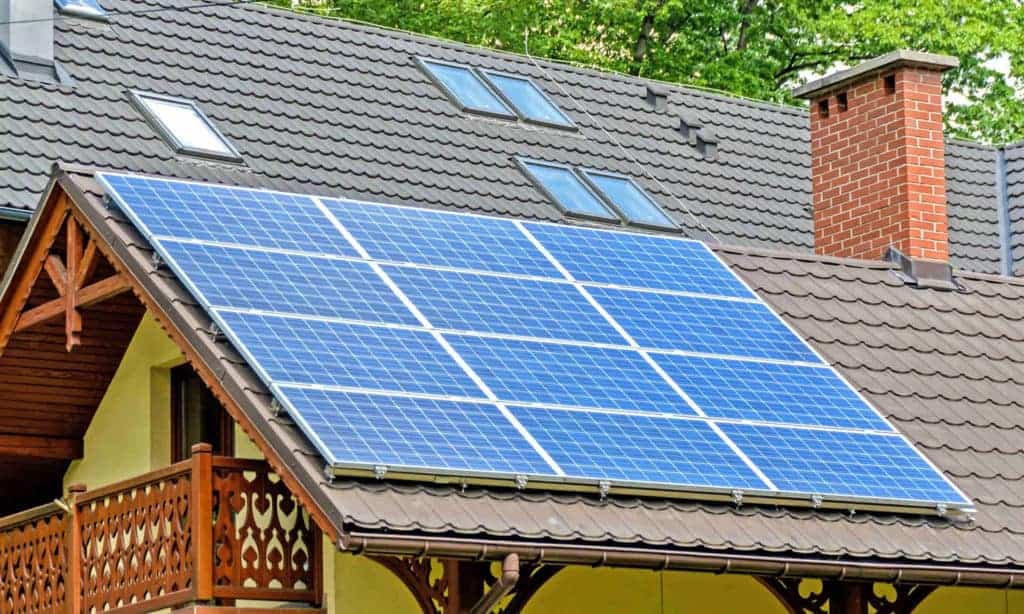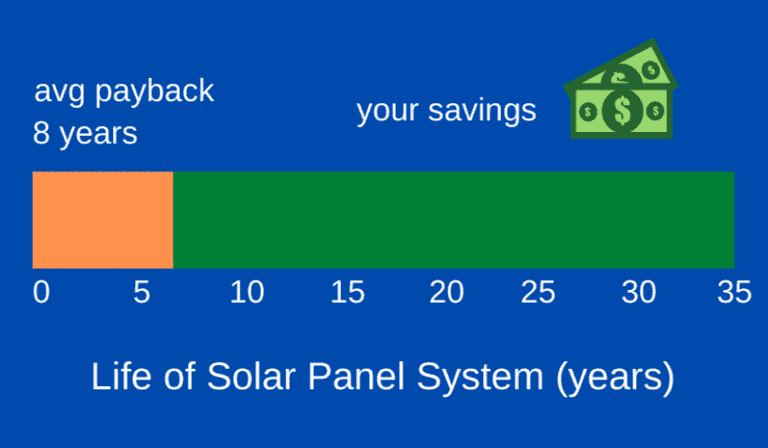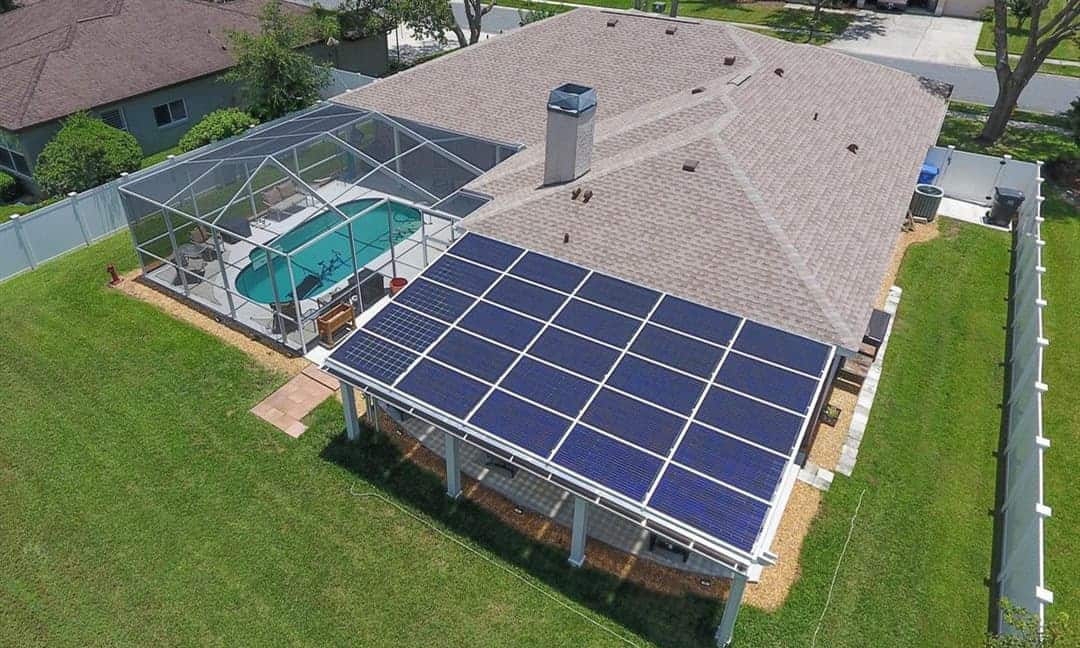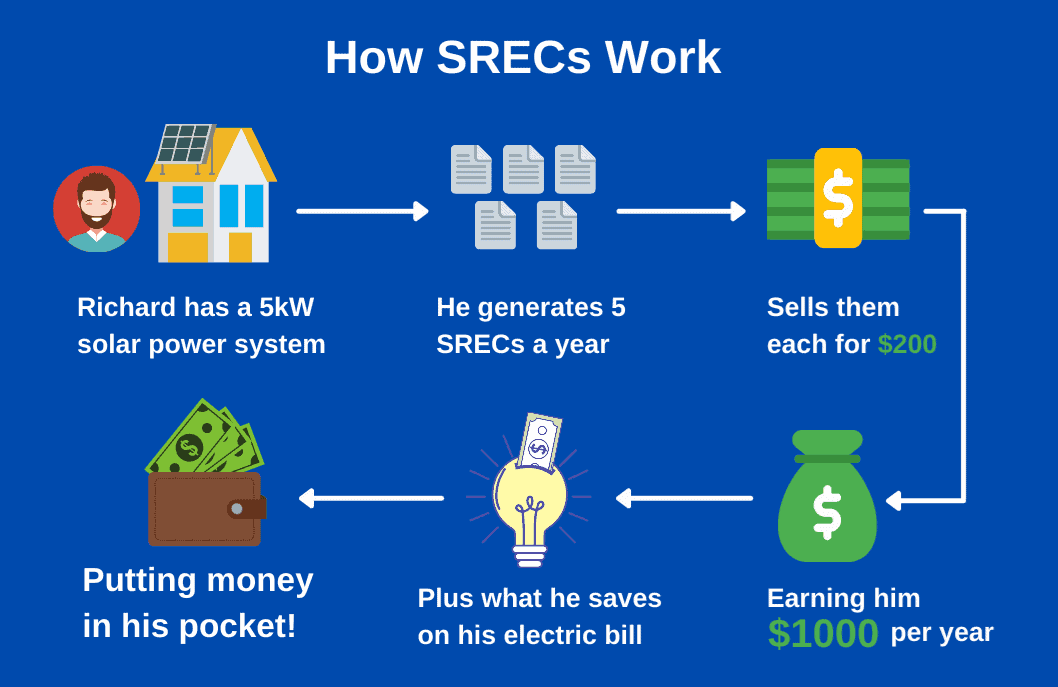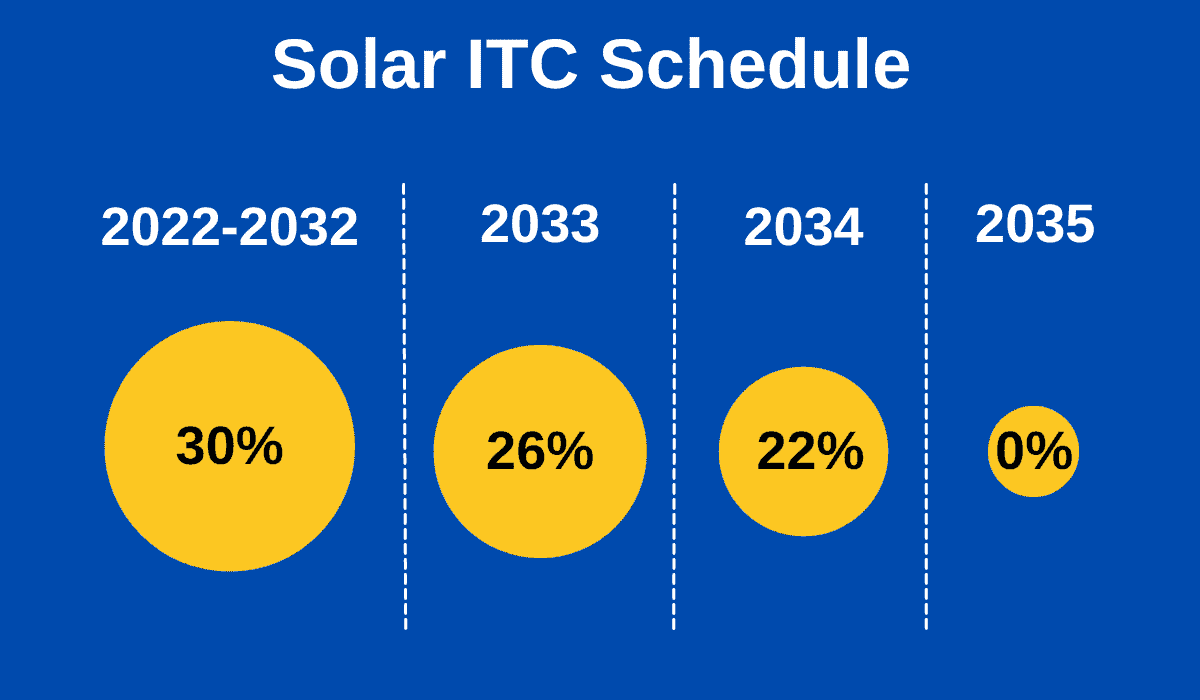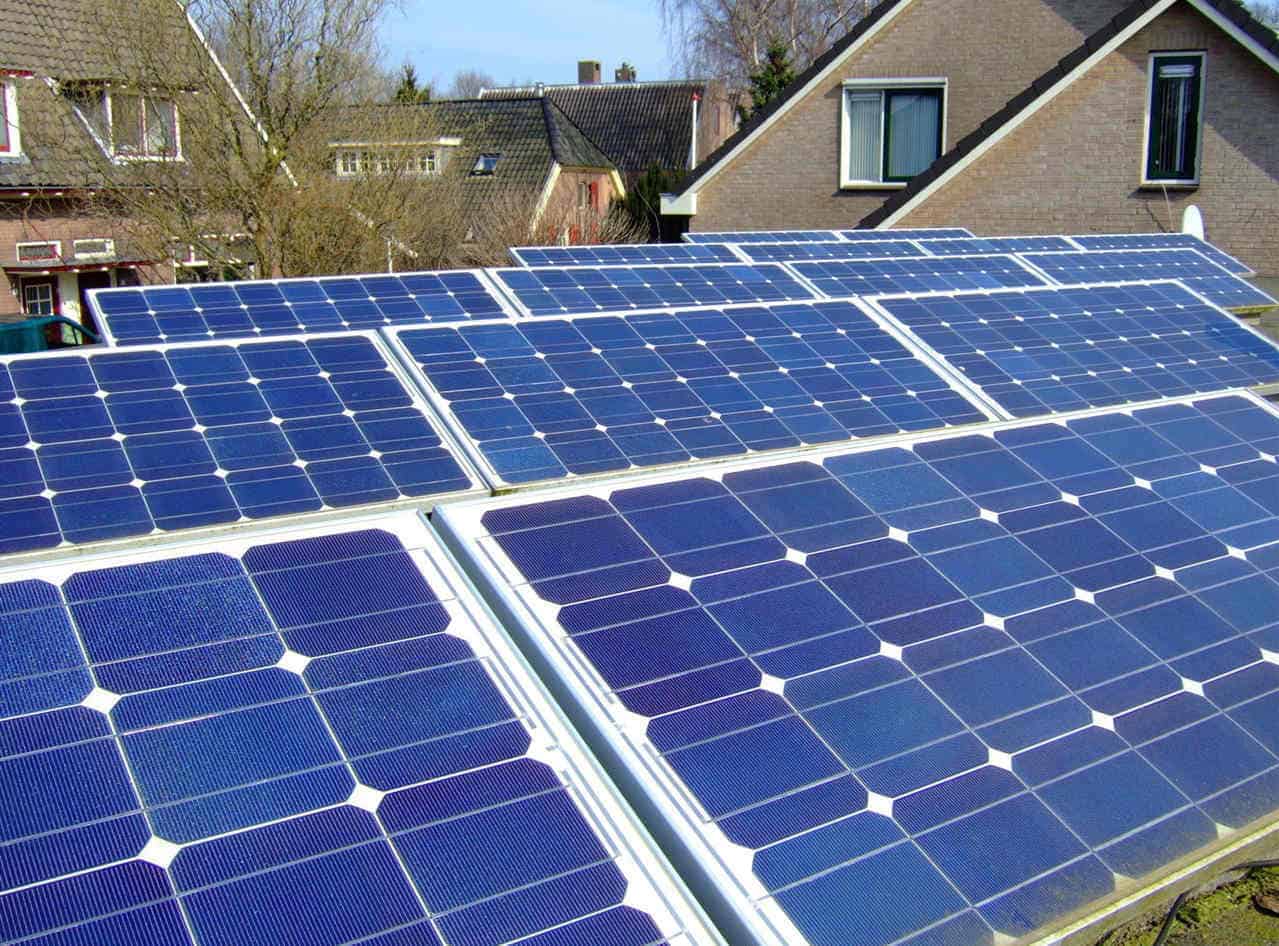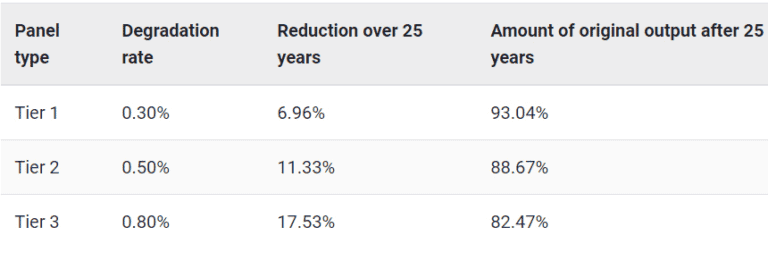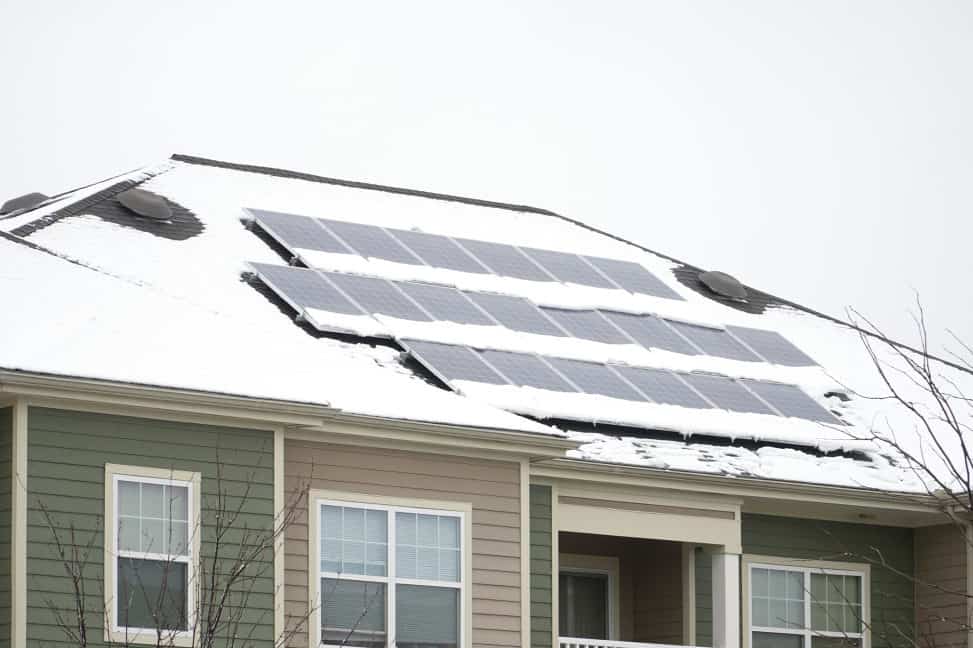I’m sure you’ve heard that solar panels are an investment. Such a statement pretty much justifies the tens of thousands of dollars you shell out for your solar panel system. But, like any good investment, you expect to recoup your money, heck, even earn a few extra bucks for your troubles.
How long does it take for PV panels to pay for themselves? That is our question of the moment and the chief motivation for this inquiry.
The US average
On average, most US households take between 6 to 8 years for their solar panels to pay for themselves.
However, the payback period can differ from state to state, as it’s influenced by several factors, not just the amount of sunlight received. Some of these factors include electricity costs in those states and the tax break you get for your solar plan.
If, for instance, the incentives are lower in State A than in State B, the payback period in the former will be longer and vice versa.
Take Massachusetts, for example. It can take five years for your panels to pay for themselves. On the other hand, if you live in a state like North Dakota, your payback period can go for as many as 16 years.
Apart from these factors, other issues such as your payment method can determine your payback plan. Did you take a loan or pay cash for the solar system? If you used a loan, you need to factor in the interest in the repayment. [Leasing vs. Buying Solar Panels: Weigh All Your Options]
|
State |
Average Electricity Price Increase (Cents per kWh) since 2008
|
Average Solar Payback Period in Years |
|
Arizona |
32% |
10
|
|
California |
46% |
6.4 |
|
Colorado |
25% |
9
|
|
Connecticut |
13% |
7
|
|
Delaware |
-5% |
10
|
|
Florida |
5% |
9
|
|
Hawaii |
7% |
6 |
|
Illinois |
22% |
13 |
|
Maryland |
1% |
7 |
|
Massachusetts |
34% |
5.6 |
|
Nevada |
34% |
11 |
|
New Hampshire |
11% |
6
|
|
New Jersey |
0.7% |
5 |
|
New Mexico |
3.5% |
10
|
|
New York |
26% |
6
|
|
Oregon |
26%
|
7
|
|
Pennsylvania |
30%
|
12 |
|
Rhode Island |
20%
|
6
|
|
South Carolina |
39% |
5.8 |
|
Texas |
-3% |
10 |
|
Utah |
33% |
5.6 |
|
Vermont |
22% |
10 |
|
Washington, DC |
10% |
6
|
|
Wisconsin |
30% |
12 |
How Do Solar Panels Pay For Themselves?
Your solar panels can pay you in two ways; through savings on your electricity bills and by earning you Solar Renewable Energy Credits (SRECs). Let’s explore both avenues.
Savings on Your Electric Bill
Whether you opt for a grid-tied solar panel system or an off-grid system, you can expect to make significant savings on your electric bills. In a grid-tied system that lacks a power bank, you use solar power during the day and traditional grid power in the nighttime. Even with such an arrangement, you’ll be paying at most half your regular electric bill.
The real savings come with an off-grid system. Thanks to a reliable power bank, you can use solar power both in the day and the night. With such a system, you pay no electric bills. The money that you could have gone towards exorbitant light bills can now go to recouping your solar investment.
But there is a third option. A sweeter deal if I can say so. And it involves selling your solar power for some money (or a different form of money).
Earning SRECs
You can sell your solar power in exchange for SRECs, and it’s supported by a program called net metering. If you own a grid-tied system, you can sell the excess power you generate in the day to your local utility company. And in exchange, they’ll award your SRECs, which is like a voucher.
You can use your SREC points to purchase the power you use in the nighttime.
Besides trading your SRECs for power, you can sell them for cold cash. And for that, you have three options:
- Sell the rights for all your solar system’s SRECs for an upfront payment
- Sign a contract (3-10 years) with an SREC aggregator and set a price for your SRECs
- Sell your SRECs on the spot market
Solar United Neighbors does a great job explaining how to sell SRECs, do give their article on the matter a read.
Okay, solar panels do pay. But for us to work out your payback period, we need to grasp how much it actually costs to install a solar panel system.
Understanding the Cost of Solar Panel Installation
Diving deep into the abyss of solar panel installation costs, one realizes the many factors that contribute to this perplexing puzzle. Let us decode this mystery.
Breakdown of the Initial Cost of Installation
It costs an average of $3.00 per watt to install a PV panel system in America as of July 2023. Before you grab your pitchfork, this figure is just an average. It can vary (and it normally does) from one solar installer to the next. And it could drop even further when you factor in the bag of goodies that is solar incentives, but we’re getting there.
Below is a breakdown of every ingredient that goes into the $3.00 per watt price tag.
| Parameter | Cost per kW |
| Solar Panels | 78¢ |
| Inverters | 30¢ |
| Racking and Balancing Systems | 30¢ |
| Sales & Marketing | 45¢ |
| Installation | 72¢ |
| Permits & Inspection | 15¢ |
| Installer’s Margin | 30¢ |
| Grand Total | $3.00 |
Solar Incentives and Rebates
Governments at all levels (federal and local) have programs set in place to sweeten the deal and lure you towards. Solar incentives, they call them.
But one incentive is the mother of all because it applies everywhere, regardless of your location. I’m talking about the Investment Tax Credit (ITC) by the federal government.
With the ITC, the federal government will allow you to reduce your tax bill by 30% of the value of your solar installation.
Factors Affecting the Total Installation Cost
Below are some factors which may affect the total cost of your solar installation:
1. Size of Your Solar Panel System
Like dental fixtures solar panel systems are tailored to your needs. A system that may work for your household may not work for your immediate neighbor. And this is because we have different energy needs. Your energy needs will dictate the size of your solar panel system. There is a domino effect, too, because the size of your system also influences the cost of your solar installation.
Let me clarify: the larger the size of your system, the more solar panels you’ll buy, the bigger the inverters you’ll get, the more batteries you’ll need, and so on. All these components cost more.
2. The Quality of Your Solar Components
Top-of-the-line components always cost more, and the cheap stuff is usually low quality. Then again, expensive doesn’t always mean better, and cheap isn’t always mediocre. The point is, if you’re looking for quality, expect to dig deeper into your pockets.
Calculating Your Payback Period
And now, to answer the question that brought you to this page, how long does it take for solar panels to pay themselves? Instead of blurting out a random number like six years, I’d rather show you how to calculate your payback period because they vary from system to system.
For this calculation, we’ll need two variables:
- The net cost of your PV panel system
- Your annual savings from solar energy
Get your calculator ready, and let’s figure out these problems.
Step 1: Calculate Your Solar Panel’s Net Cost
To work out the net cost of your solar panel system, you’ll subtract the total value of all the solar incentives, rebates, and tax credits from the initial cost of your solar panel system.
Let’s say a man installed a 5kW solar panel system in Santa Cruz, CA, at the initial value of $15,000. As an American, he’s eligible for the 30% ITC federal tax credit. His solar panel’s net cost will be $10,500 (which is $15,000 – $4,500).
| Net Solar Panel Cost = Cost of Solar Panels – Total Value of Solar Incentives |
Step 2: Calculate Your Annual Savings From Solar Energy
As you know, by adopting solar, you’ll be saving on your energy bills. What we should figure out next is how much you’re saving in a year. If you have an off-grid system (or planning to adopt one), your savings would be your total electric bill over one year. That’s your average monthly bill multiplied by the 12 months.
Things get a little tricky for grid-tied systems and subscribers of net metering. If you have any of these systems, consult with your solar installers.
Let’s say our Santa Cruz resident gets an average electric bill of $218 a month. In one year, this resident pays $2,616 (which is $218 x 12). Assuming he opted for an off-grid system, his total energy savings in one year is $2,616.
Step 3: Calculate Your Payback Period
To get your payback period in years, you’ll divide the net cost of your PV panel system by the annual energy savings. Let’s use the example of our pal from Santa Cruz, CA.
The net cost of his off-grid solar system was $10,500, and his annual savings by using solar energy is worth $2,616. How long until he recoups his investment?
| Payback Period = Solar Panel System Net Cost ÷ Annual Savings From Solar
Payback Period = $10,500 ÷ $2,616 Payback Period = 4.01 years |
It will take our Santa Cruz resident a little over four years for his solar system to pay for itself.
How do I know if my payback period is reasonable?
Solar panels have a lifespan of not less than 25 years. Modern brands can serve you even longer. Therefore, if it takes 12 and a half years or less for the solar system to pay for itself, then the payback period is not bad.
Besides the lifespan, the Internal Rate of Return (IRR) comes into play when considering whether a payback period is worth the investment. IRR is a concept used to calculate the profitability of potential investments.
Factors That Influence Your Payback Period
Payback periods vary from system to system because multiple factors influence how long you take to recoup. Let’s study them.
The Total Cost of Your PV Panel System
The higher the cost of your PV panel system, the longer you’ll take to recoup. Solar panel systems cost anywhere between a few grand to tens of thousands of dollars. The cost depends on where you reside, the quality of your components, who you hire, and how much electricity you need.
Splurging on your solar components for the sake of it doesn’t do you any favors. A solar battery can easily bump up your costs by $10,000. So, spend wisely.
The Incentives and Tax Credits Available to You
When investing in a solar panel system, solar incentives are your best friend. Do the research, find every solar incentive, rebate, and tax credit available to you, and take full advantage.
Your Solar Panel’s Power Output
Power output depends on the efficiency of your solar panels and the number of hours they enjoy sunlight exposure. There’s nothing you can do about cloudy weather or short days, but you can clear branches that obstruct your solar panels.
The less power you produce, the more you’ll be dependent on the grid, and the longer you’ll take to recoup.
Final Thoughts
And that, fellas, is how you calculate your payback period. Remember, solar panels pay you back through the money you save from reduced or non-existent energy bills. You want to recoup faster and be less dependent on the grid.

